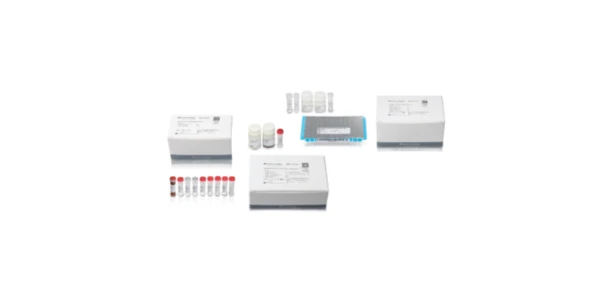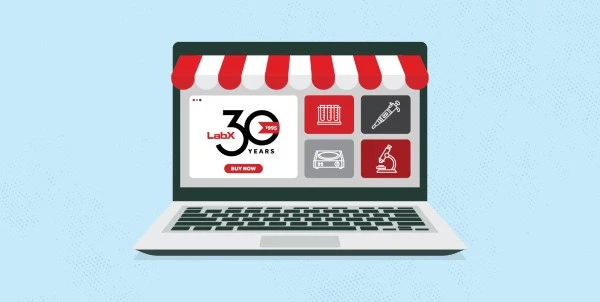Lab Oven Buying Guide
How to decide on the best laboratory oven for your lab
When buying a laboratory oven, there are several factors to consider to ensure that you make the best choice for your lab. Before you begin your search, you should familiarize yourself with the types of ovens available as well as the specifications your research will need the oven to meet. Types of lab ovens range from general purpose, mechanical or gravity convection, microwave ovens, and more. Laboratory ovens are commonly used for applications such as heating and drying, evaporating, temperature-linked experiments, sterilization, and distillation. Here we address some key decision factors for selecting the right laboratory oven:
Temperature range
The most important thing to consider is the temperature range you will need for your current and future experiments. Some ovens are designed for general heating and drying temperature ranges (ambient to +40° C), while others can reach high-temperature sterilization levels (200-250°C). Temperature accuracy and uniformity is especially important for sensitive experiments. Advanced mechanical ovens with blowers that more effectively distribute heat may be better for such temperature-sensitive applications compared with gravity convection ovens designed for more basic heating and drying. Be sure to match accuracy and uniformity with the needs of the experimental applications.
Size and capacity
Think about how much space you will need inside the oven. Will you be working with large items? How many samples will need to heat simultaneously? Will you scale up and therefore require additional oven capacity? The size of the oven is a function of how much interior space is needed combined with how much space is available to house the oven. Many ovens have different models available in a range of dimensions to suit your needs and space limitations.
Safety features
A good oven will have a variety of safety features, such as over-temperature protection and door alarms, to ensure the safe operation of the oven as well as the integrity of the samples. Certain units with additional safety features may be designated for use with human samples or infectious materials.
Ease of use
You should also consider the ease of use when selecting a laboratory oven. Look for features such as digital controls, programmable temperature settings, and easy-to-read displays that simplify operation for the user. Advanced technologies include touchscreen operation, data and event logging, and others that may be available to support ease of use and regulatory requirements. Hybrid models that combine the functions of oven and incubator can also help simplify your workflows.
Brand and service
Check with colleagues for recommendations and seek out brands that offer reliable service and support. Also, check the warranty and service options before making your purchase. An additional detail to consider is the availability of replacement or repair parts in order to minimize downtime during servicing.
To sum up, when buying a laboratory oven, you should consider the temperature range, capacity, type of heating, safety features, ease of use, brand, and service. By taking the time to make these considerations before committing to your purchase, you can be sure to choose the right oven for your lab.
Looking to shop for Lab Ovens? LabX.com has a wide variety of new, used, and refurbished instruments, components, and accessories available: Shop Now










